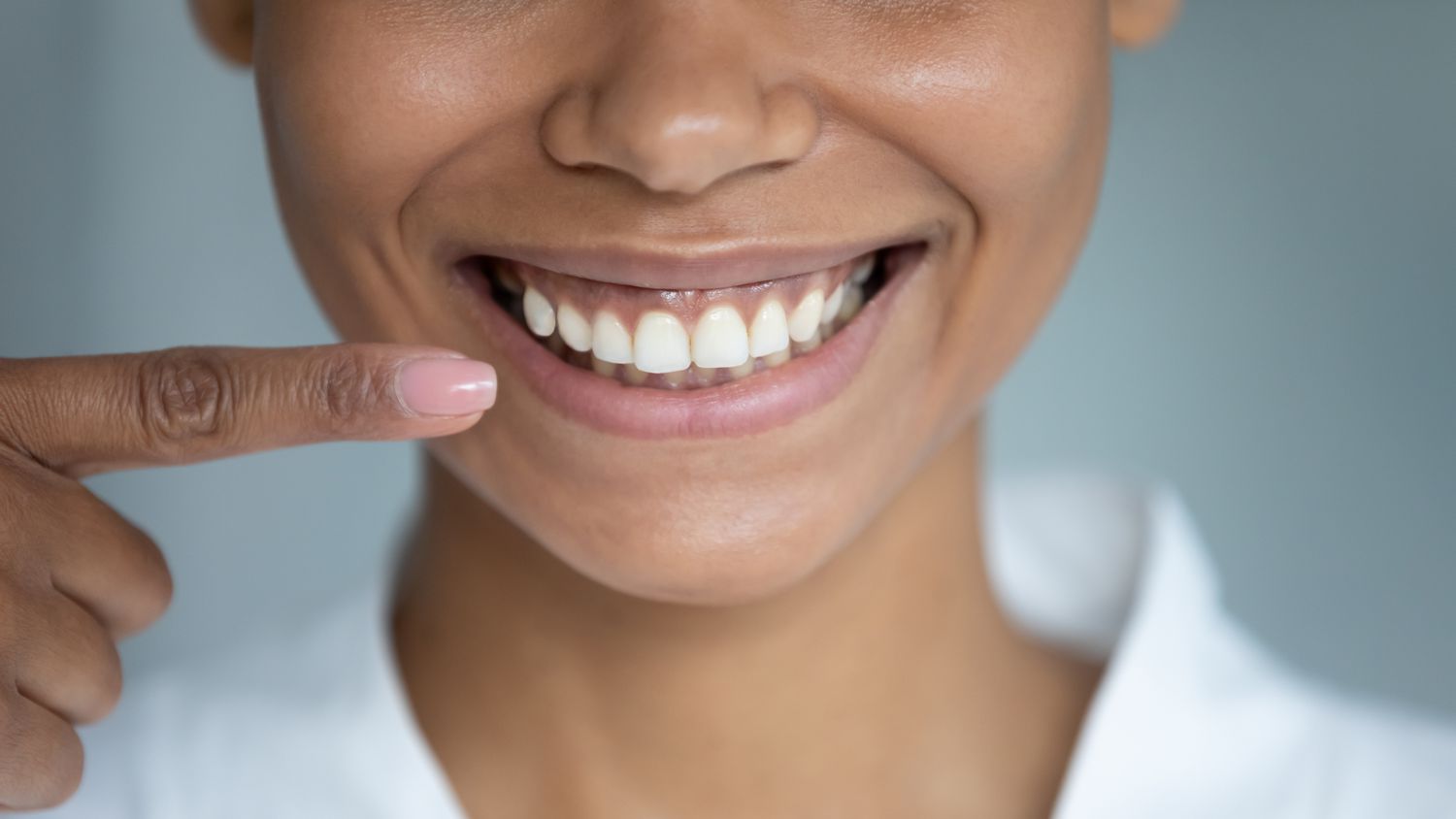8 Flossing Tips To Heal Bruised Gums

The delicate balance of oral health can be disrupted by even the simplest of actions, such as flossing. While flossing is an essential practice for removing plaque and food particles from between teeth, it can sometimes lead to bruised or bleeding gums, especially if done improperly or with excessive force. This unfortunate consequence can deter even the most diligent individuals from maintaining their oral hygiene routine. However, with the right approach and a few adjustments, it’s possible to heal bruised gums and continue to reap the benefits of flossing without the drawbacks.
Understanding the Cause
Before diving into the tips for healing bruised gums, it’s crucial to understand why gums become bruised in the first place. The primary reasons include: - Insufficient Technique: Using too much force or the wrong flossing technique can damage the gums. - Infrequent Flossing: If flossing is not done regularly, gums may not be accustomed to the action, leading to irritation when it is performed. - Poor Oral Health: Existing conditions like gingivitis can make gums more susceptible to bruising.
8 Tips for Flossing to Heal Bruised Gums
Gentle Technique: The key to not further irritating your gums is to use a gentle, curved motion. Slide the floss between your teeth with care, avoiding snapping or forcing it, which can cut or bruise your gums.
Regular but Gentle Flossing: Regular flossing helps your gums become accustomed to the process, reducing irritation over time. However, it’s essential to maintain a gentle touch, especially in the initial stages.
Choose the Right Floss: There are various types of floss available, including unwaxed, waxed, and dental tape. For sensitive gums, a softer, waxed floss or dental tape might be more comfortable.
Interdental Brushes: For spaces that are particularly tight or sensitive, consider using interdental brushes. These can be gentler on the gums and are designed for cleaning between teeth.
Warm Saline Rinses: Rinsing your mouth with warm saline water can help soothe and heal bruised gums. The salt helps reduce inflammation and kills bacteria.
Desensitizing Products: If your gums are particularly sensitive, consider using a desensitizing toothpaste or mouthwash. These can help reduce the discomfort associated with flossing and other oral hygiene practices.
Professional Advice: Sometimes, bruised gums can be a sign of an underlying issue. Consulting a dentist can provide personalized advice and ensure that any flossing technique is not exacerbating an existing condition.
Patience and Persistence: Healing takes time, and it’s essential to be patient. Continue flossing gently and regularly, and over time, your gums should become less sensitive and more resilient.
Addressing Common Concerns
Q: How often should I floss if my gums are bruised? A: It’s recommended to continue flossing daily but with extra care. Reducing frequency can lead to more significant problems like plaque buildup.
Q: Can I use mouthwash to help heal my gums? A: Yes, certain mouthwashes, especially those with anti-inflammatory properties, can help. However, always choose a mouthwash that is gentle and suitable for your oral health needs.
Q: What if my gums continue to bleed despite gentle flossing? A: Persistent bleeding can be a sign of an underlying condition such as periodontal disease. It’s crucial to consult a dentist for a proper diagnosis and treatment plan.
Conclusion
Flossing is a critical component of oral hygiene, and while it may sometimes lead to bruised gums, this doesn’t have to be a barrier to maintaining good oral health. By adopting gentle techniques, using the right tools, and possibly incorporating additional soothing practices, individuals can reduce gum irritation and enjoy the long-term benefits of regular flossing. Remember, patience and a commitment to gentle, consistent care are key to healing and preventing future bruising.
What are the primary reasons for gums becoming bruised during flossing?
+The primary reasons include insufficient technique, infrequent flossing, and poor oral health. Insufficient technique involves using too much force or the wrong flossing method, while infrequent flossing can make gums more susceptible to irritation. Existing conditions like gingivitis also make gums more prone to bruising.
How can I soothe my gums after they have become bruised from flossing?
+Soothing bruised gums can be achieved through several methods. Warm saline rinses are particularly effective, as the salt helps reduce inflammation and kill bacteria. Additionally, using desensitizing products, practicing good oral hygiene, and avoiding further irritation can aid in the healing process.
